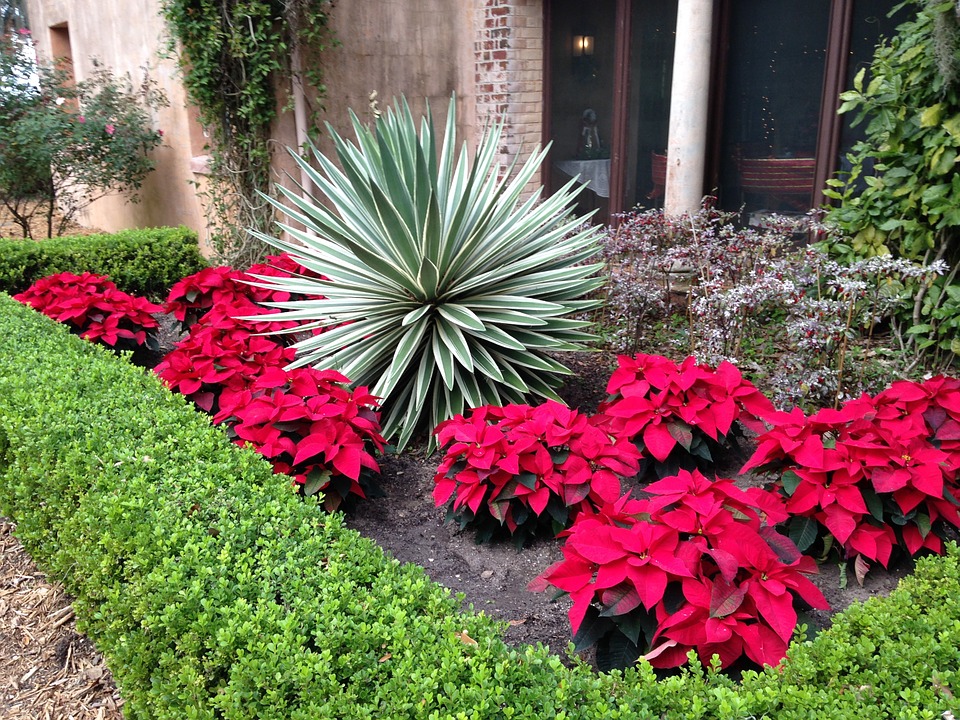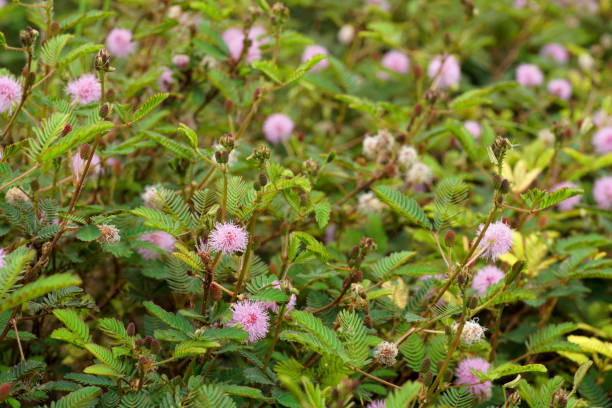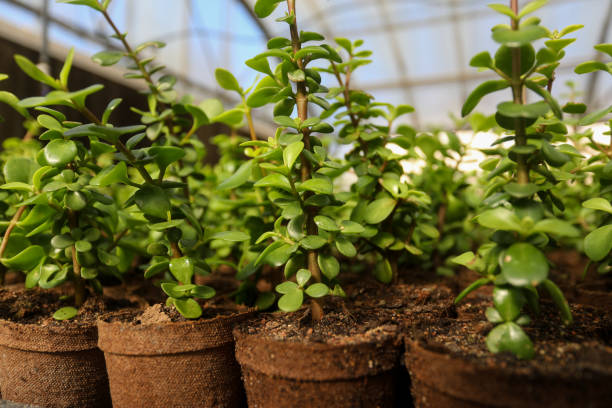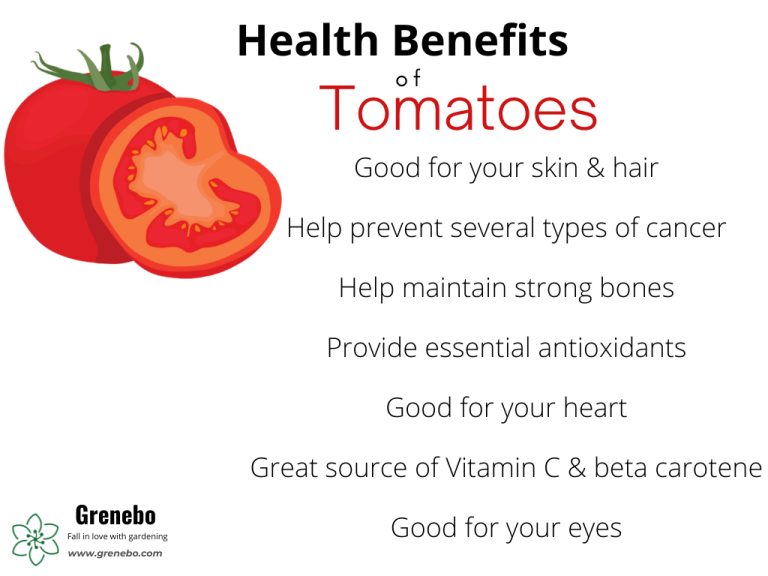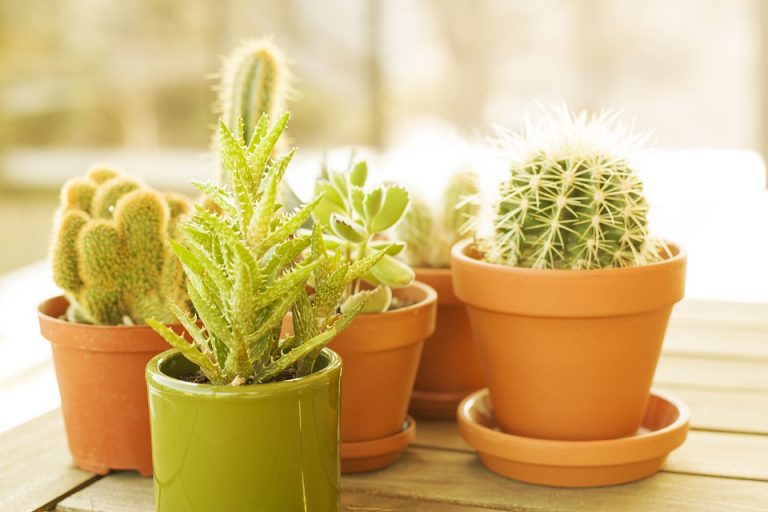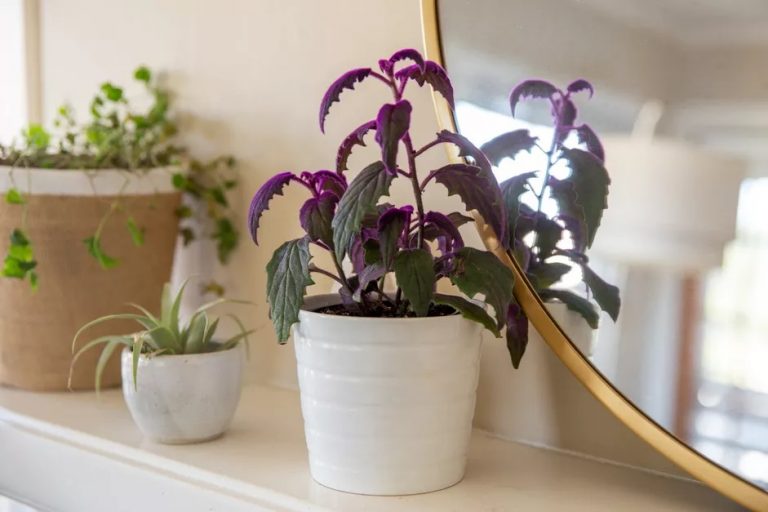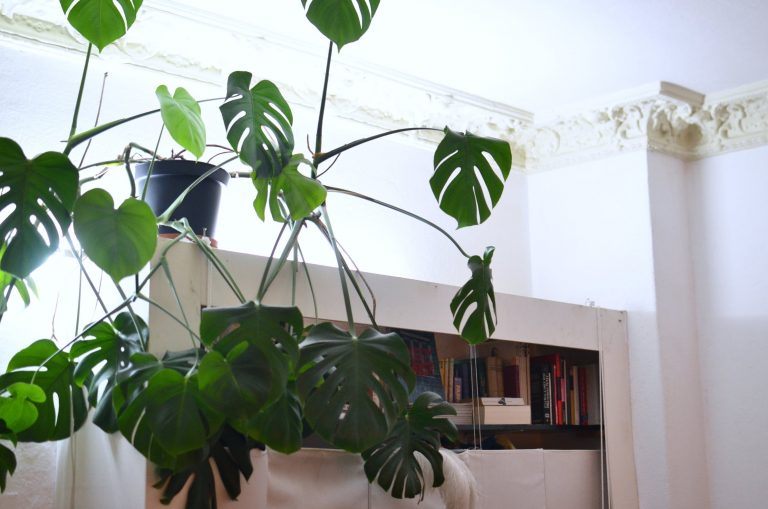How to Control Poinsettia Diseases and Pests Successfully?
Every plant may be damaged by diseases and insects in the future, and poinsettias are no exception.
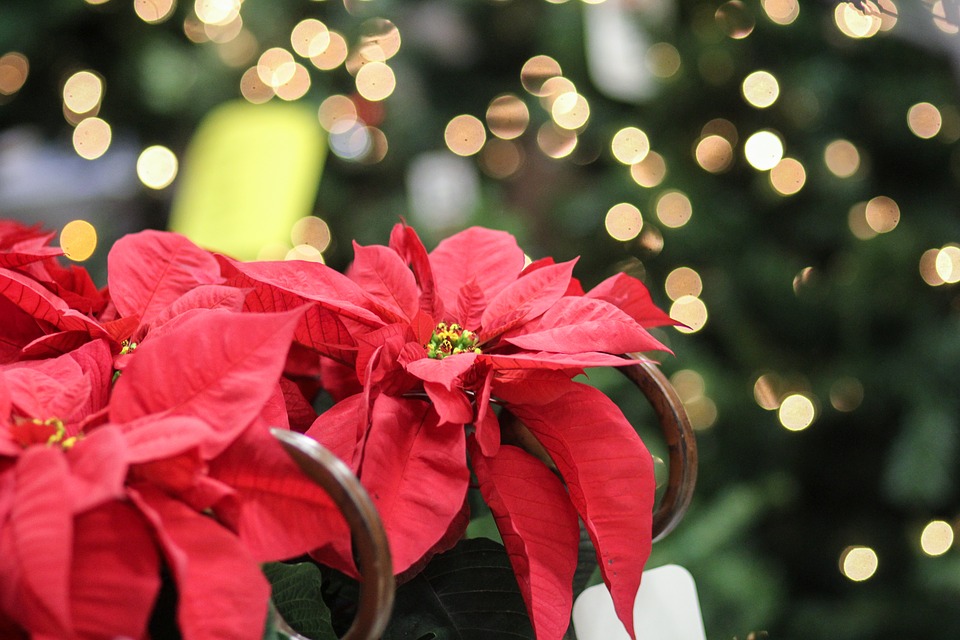
Location, weather, and other factors will affect the healthy growth of poinsettias. Therefore, while learning how to grow poinsettias correctly, we should also learn how to effectively control diseases and insect pests.
Gray Mold
Gray mold mainly occurs in winter, when the poinsettia flowering season, once in rainy, wet without sunshine, can harm the poinsettia inflorescence, bracts, leaves, branches.
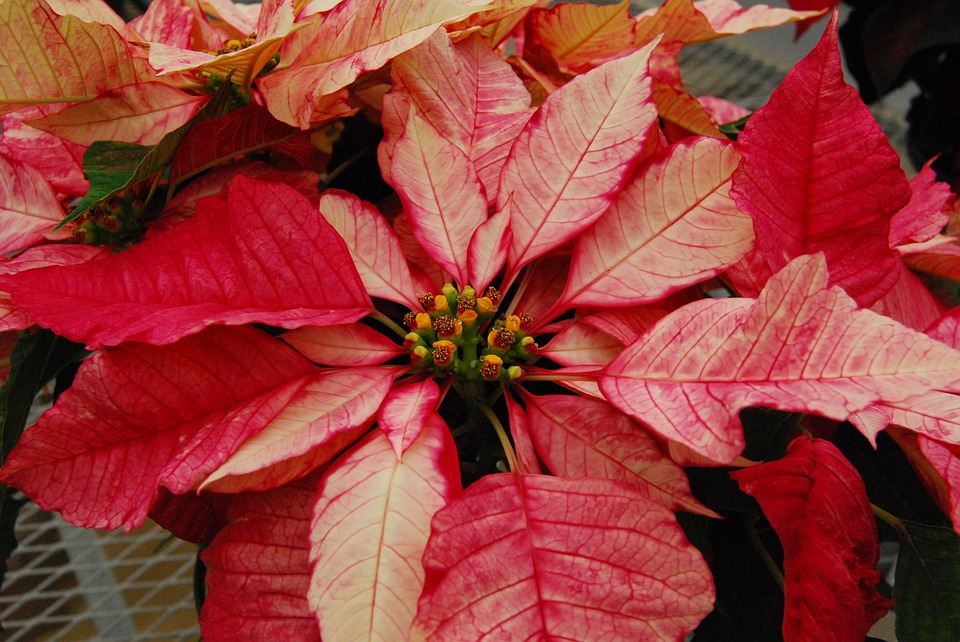
Generally, water-impregnated spots begin to appear from the blob. The spot is then covered with a floral robe of the pathogen, and the pathogen continues to spread to the bracts.
In the early stage, the bracts produce water-soaked faded spots, and then gradually expand into an irregular shape. The pathogen then spreads to the branches and produces yellow-brown to brown spots on the branches.
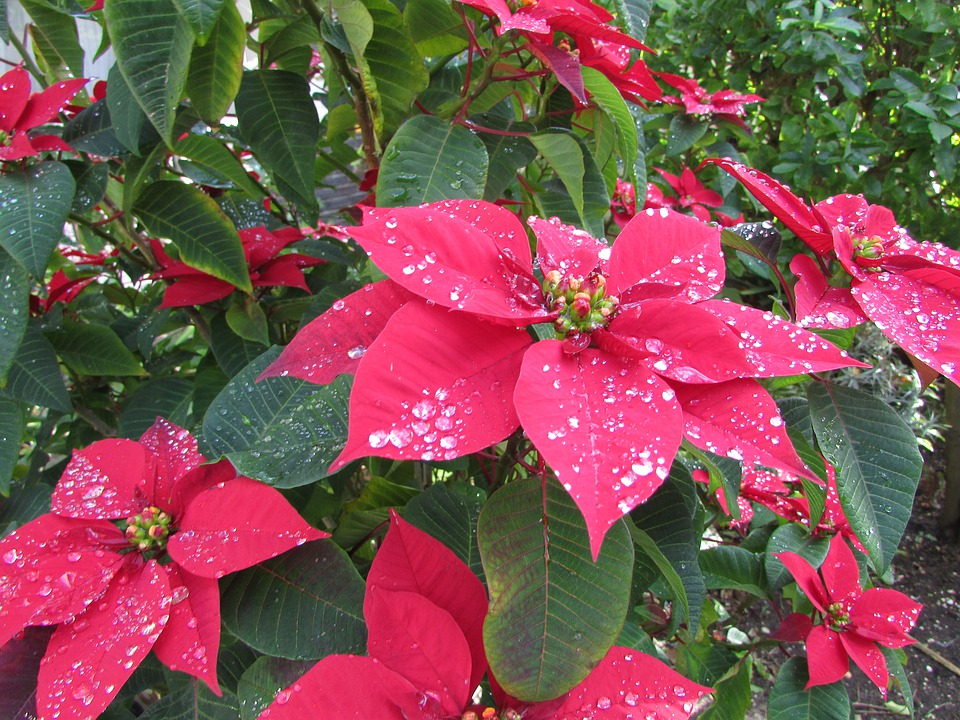
In the late stage, the spots are depressed and dark brown, and in severe cases, the spots are dry.
The pathogen is Botrytis, which can live on dead plant tissues or other organic materials, widely parasitic. It can live at 0-38℃ and exists as long as there is moisture.
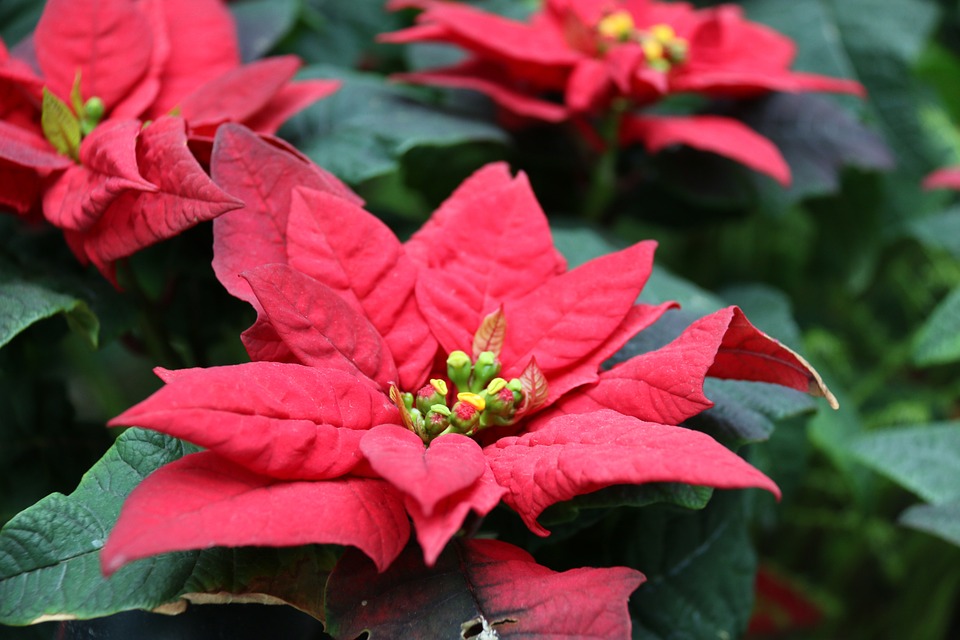
If the greenhouse is too humid, cold, insufficient light, after 1-2 days, pathogenic bacteria will produce a large number of free robes in the air that began to infect the plant tissue.
Prevention and Control Methods:
Use closed facilities to create a high temperature, low humidity ecological environment, control the occurrence and development of gray mold.
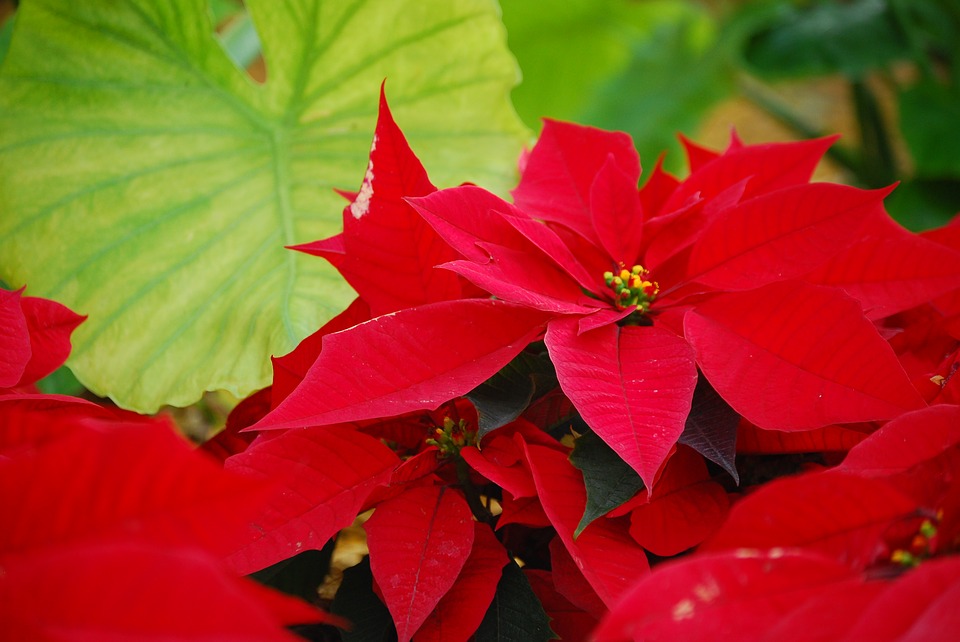
The indoor humidity of the facilities is more than 90% at night. In the morning, the ventilation outlets should be opened to ventilate and exhaust humidity, reduce the indoor humidity, and control the development of diseases at a lower temperature.
After 9 o ‘clock, when the indoor temperature rises rapidly, close the air vent so that the indoor temperature quickly rises to about 32℃.
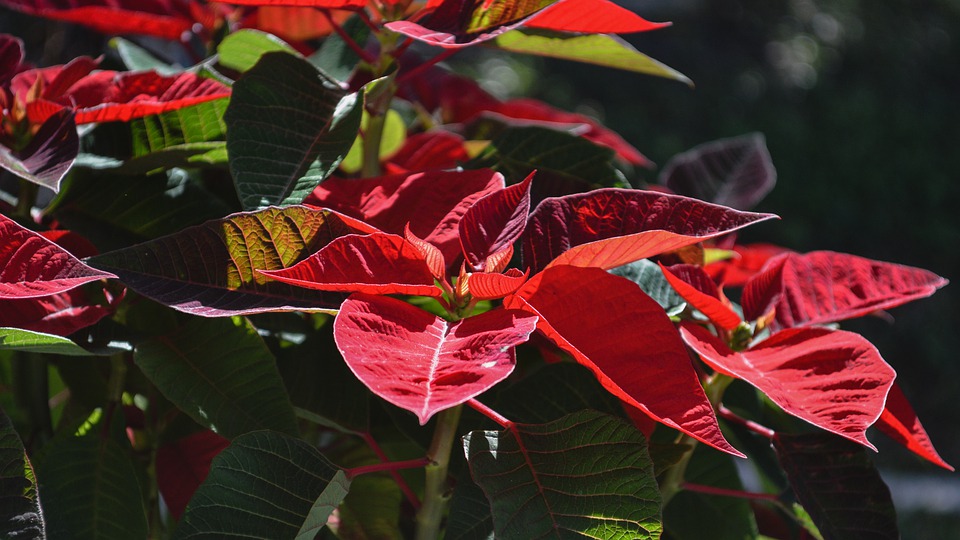
Root Rot
Root rot and stem rot can infect adult plants or in the seedbed stage, causing serious losses.
Generally, it is more serious in high-temperature seasons, and it is also easy to occur when the soil water content is high.
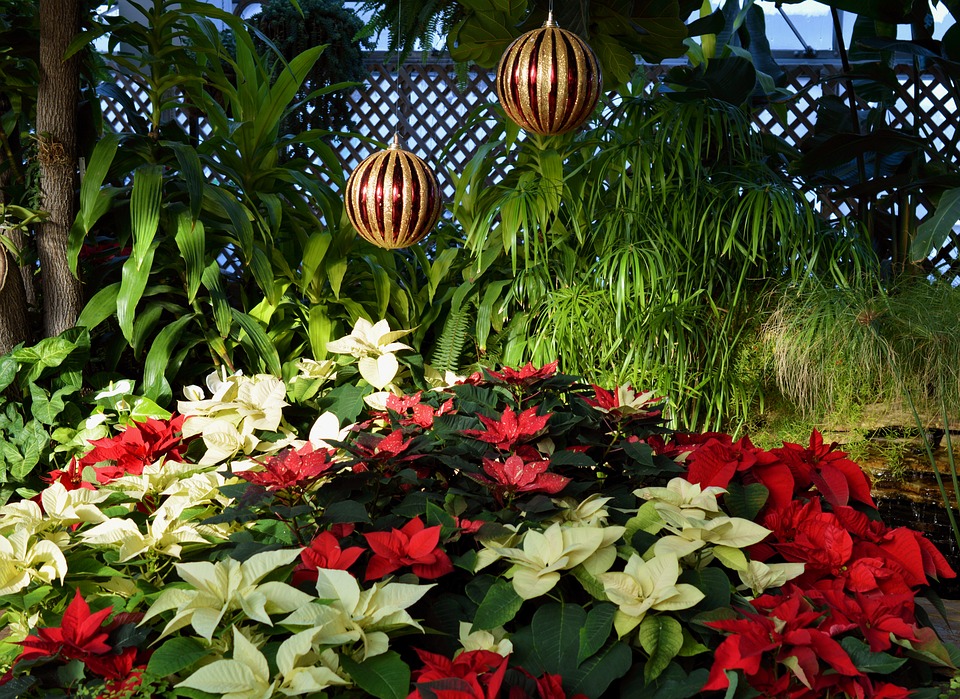
The early wilting phenomenon in a plant, if examines its stem base, visible in hazel constriction phenomenon, but not infected with strains, corruption, hydrolysis phenomenon, after the disease spot gradually spread upward, a wilting phenomenon also gradually serious, stem disease spot slightly concave, yellowish-brown late disease spot tissue disintegration, cause the plants died for lack of serious and withered to death, sometimes whole-plant water with yellow, White mycelia can be seen near the ground, which can extend to the cultivated soil when it is serious.
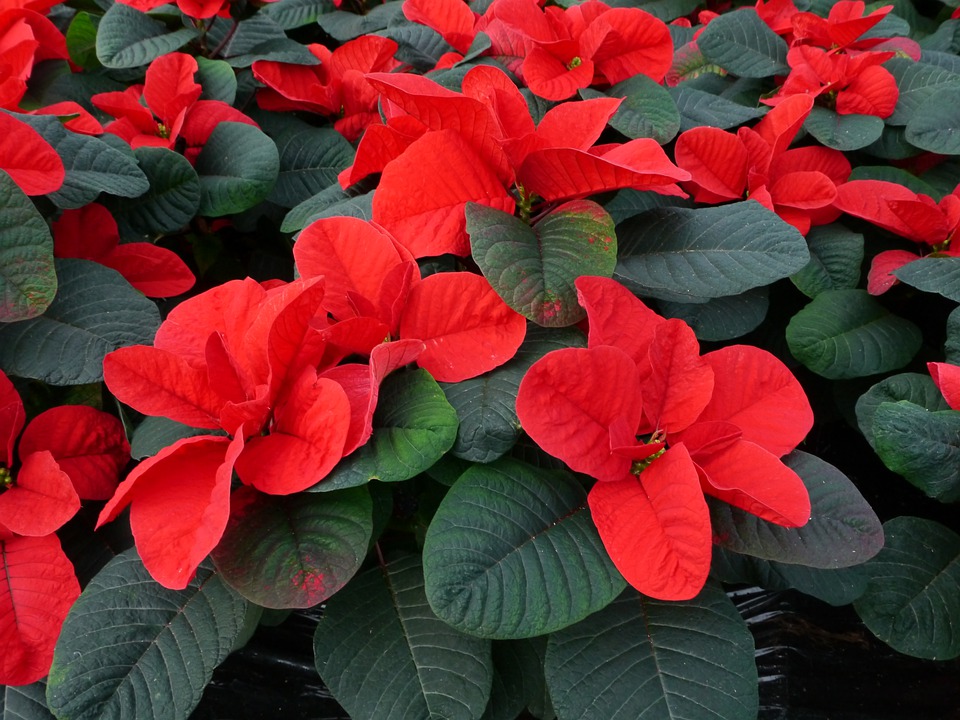
When the root is diseased, it often causes root rot, which affects the normal growth of the plant in the early stage and leads to death in the serious stage.
The main pathogens were Phytophthora, Rhizoctonia, Pythium, etc. When salt accumulates on the surface of the medium; Rot mold in the poinsettia plant appeared, it may be in cutting that has invaded, when the environment is suitable for reproduction, deterioration, resulting in root rot, death; High temperature and excessive irrigation (adverse conditions) can cause blight.
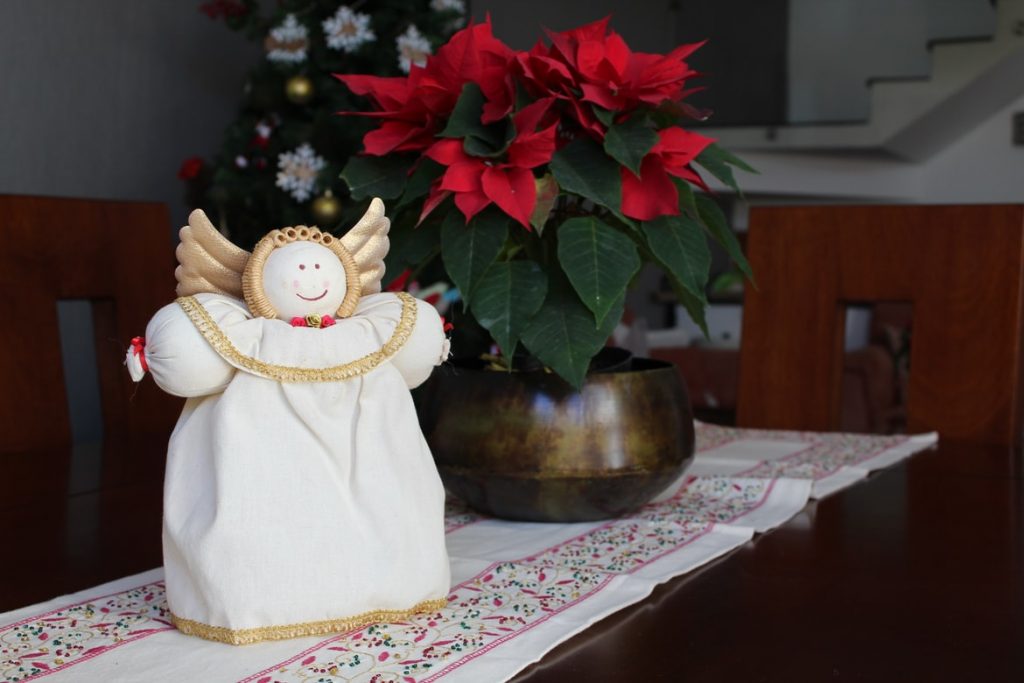
Prevention and Treatment Methods:
1. Crop rotation. Light disease field rotation every year, severe disease field rotation every 3-5 years.
2. Deep tillage, soil improvement, increase organic fertilizer, reasonable drainage, and irrigation, enhance disease resistance.
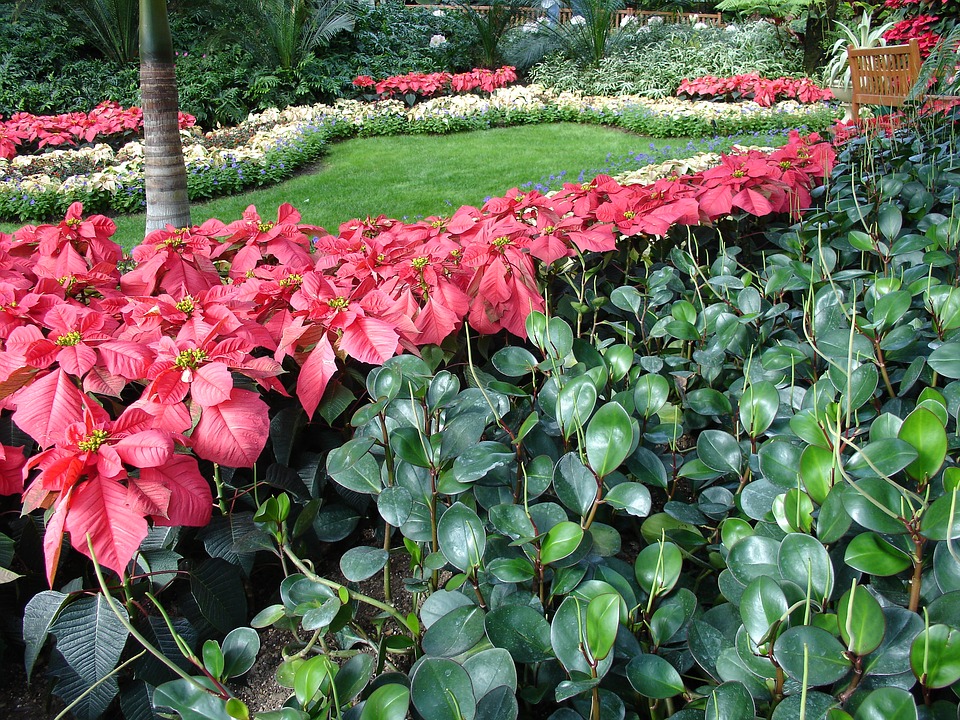
3. Strictly select seeds and eliminate unqualified seeds. Mix seeds 0.5% by weight with 50% carbendazim wettable powder.
4. When the disease with 50% carbendazim wettable powder 1000 times liquid spray peanut stem base, each mu with 25-30 kilograms of liquid medicine.
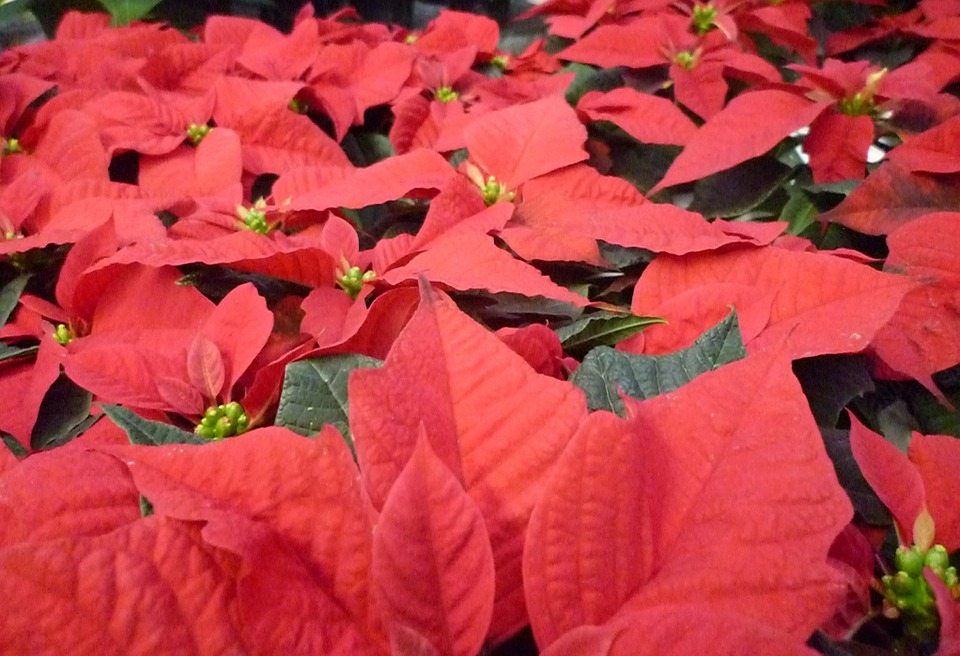
Leaf Spot
Leaf spot mainly occurs in spring and summer, and most of the leaf spots start from old leaves.
In the early stage, the leaves produce purplish-red to brown small spots, and the spots are nearly round to irregular shape.
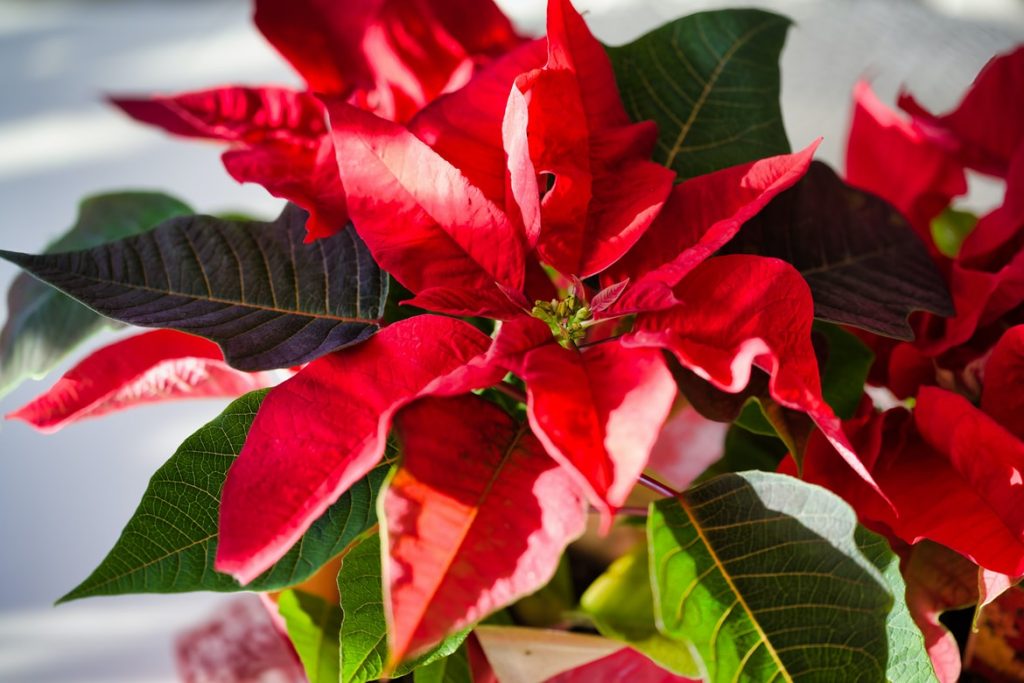
Later, the spots gradually expand, and most of the spots can heal with each other and form a big spot, and the central spots gradually turn gray-brown. When serious disease spot tissue is gangrene shape, cause leaf twist, dry.
Prevention and Treatment Methods:
1. Timely removal of diseased tissues and centralized burning.
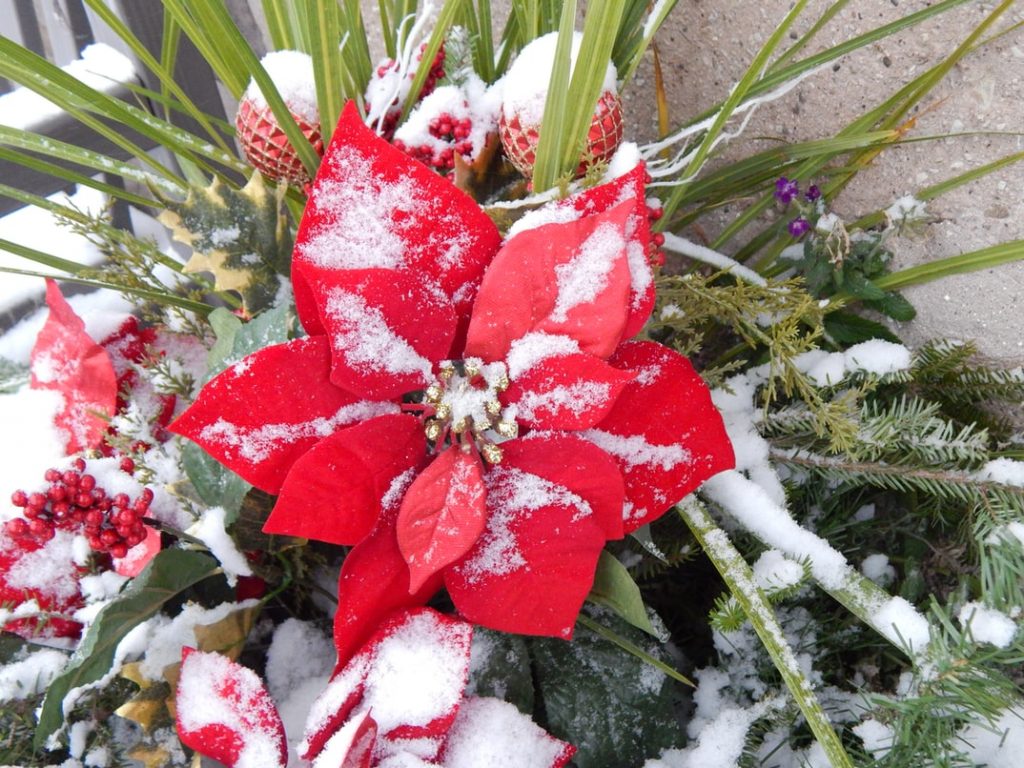
2. Crop rotation (soil can be changed in the greenhouse).
3. It is not suitable to spray the plants.
4. Spray medicine from the beginning of the disease to prevent the spread of the disease.
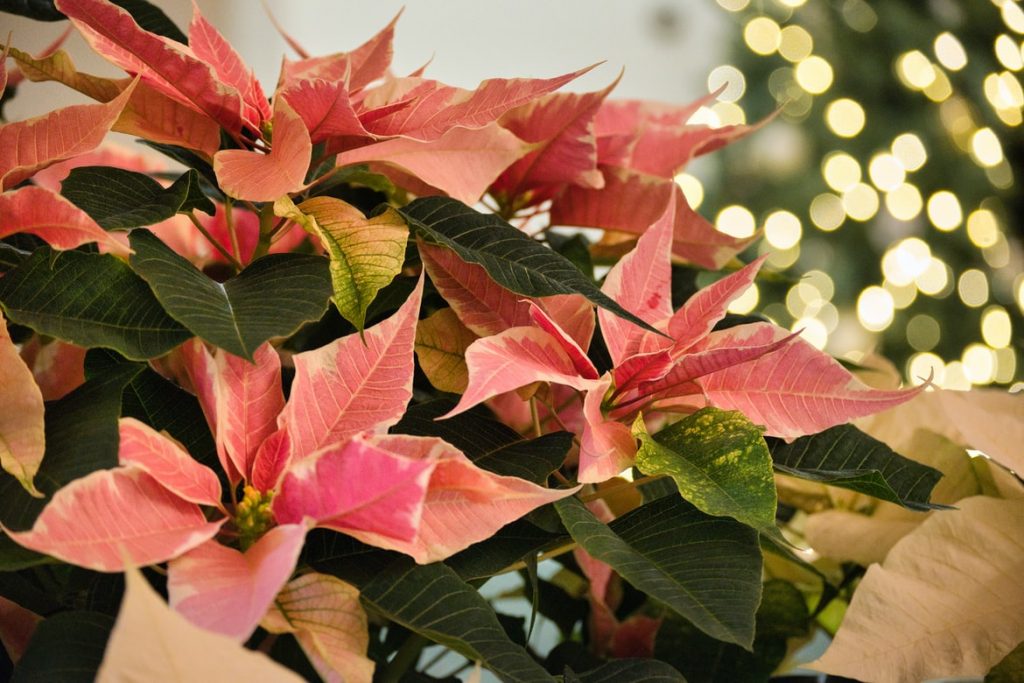
Whitefly
The pests of poinsettia mainly include whitefly, tetranychus mite, and thrips. The adults and larvae of mealworms prefer a lush and shady environment.
They gather on the back of upper leaves of poinsettia to suck juice with stinging mouthparts, which causes leaf discoloration or chlorosis, affects photosynthesis, and leads to poor plant growth.
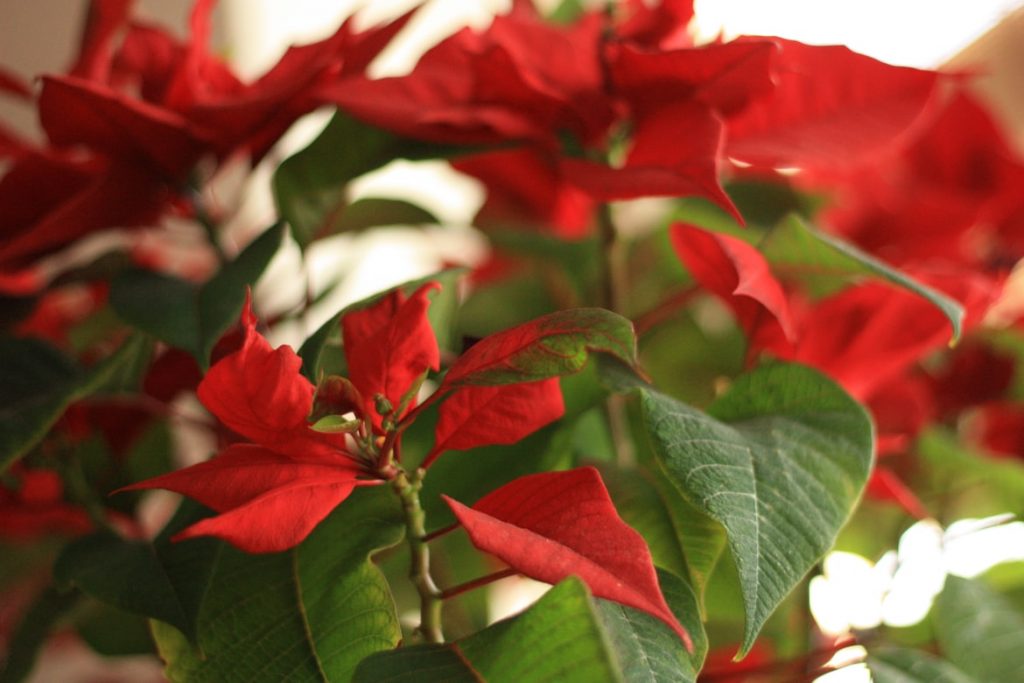
Honeydew excreted by mealworms often causes mildew. The adults are yellowish. The time of eclosion starts from 6 am, with the maximum amount of eclosion between 7 and 8 am and the lowest in the evening.
The first instar mobile larvae were the most vulnerable, followed by the newly emerged adults, which were sensitive to insecticides and suitable for spraying control.
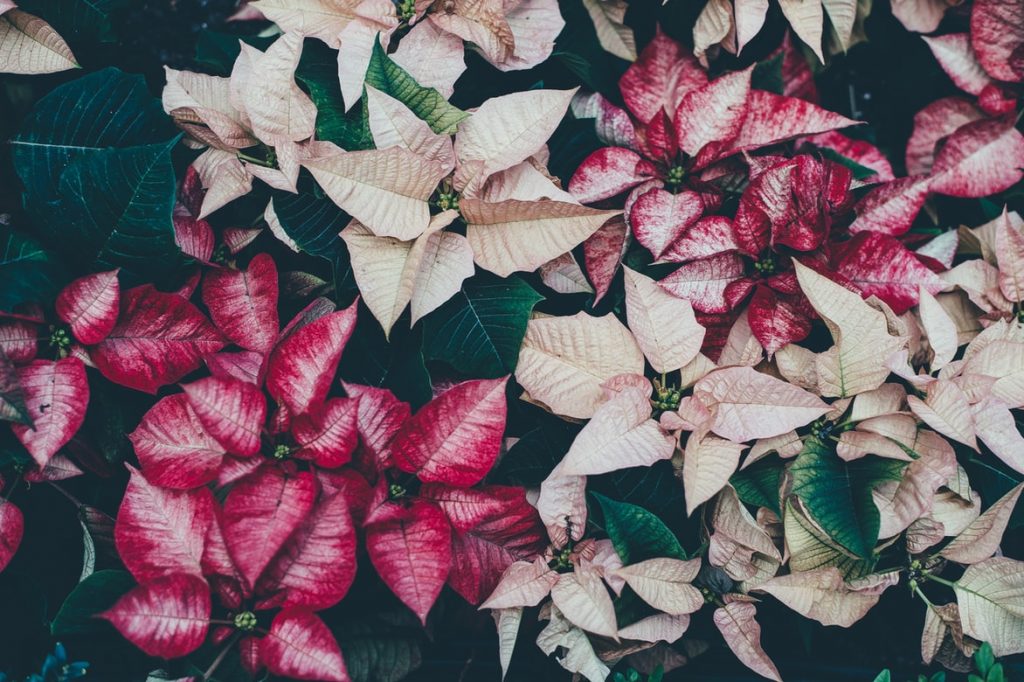
Whitefly generally occurs in large numbers at high temperature and low humidity, and the peak is from late September to late November. The optimal prevention and treatment period is late September, spraying time is 6-10 am.

